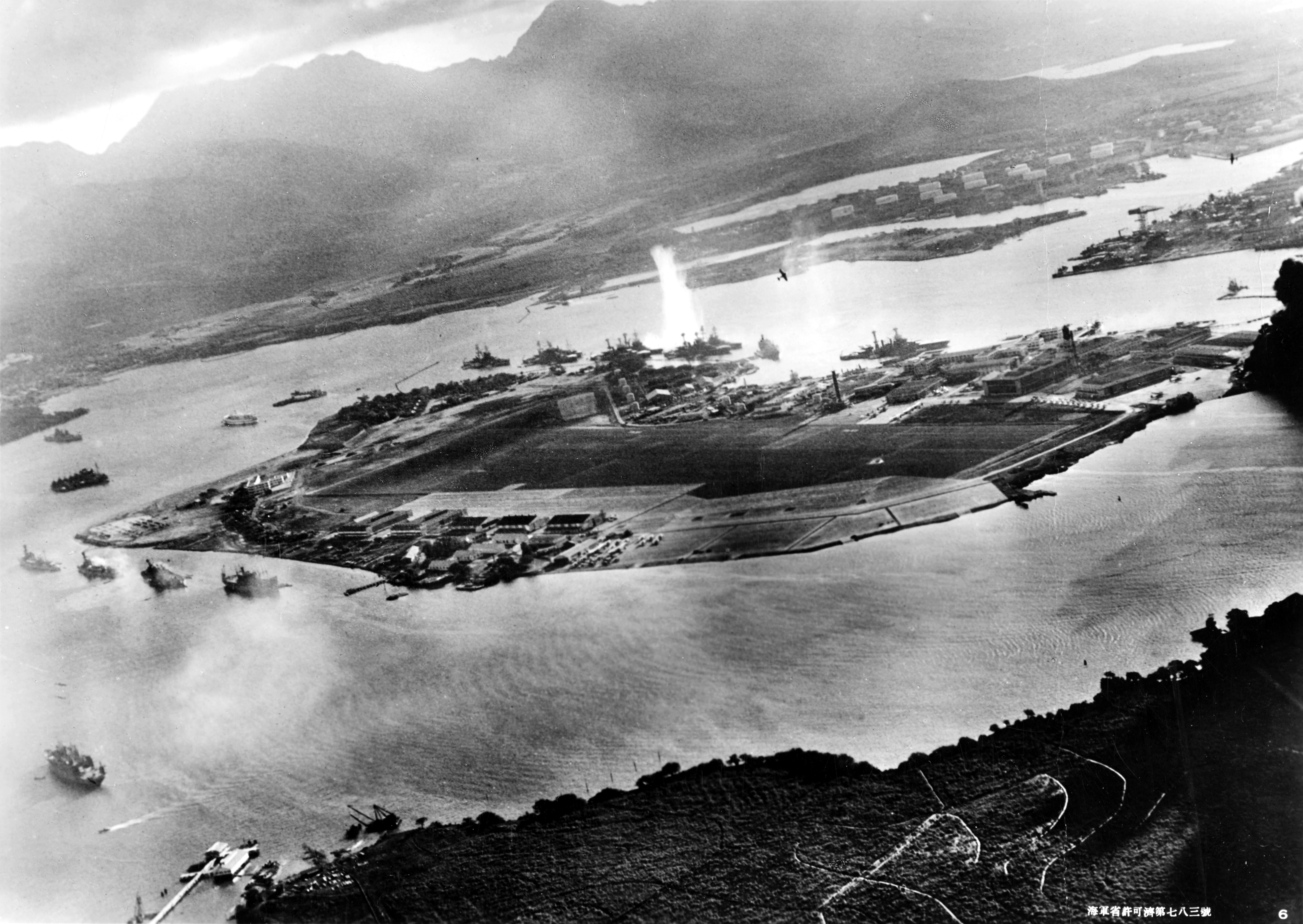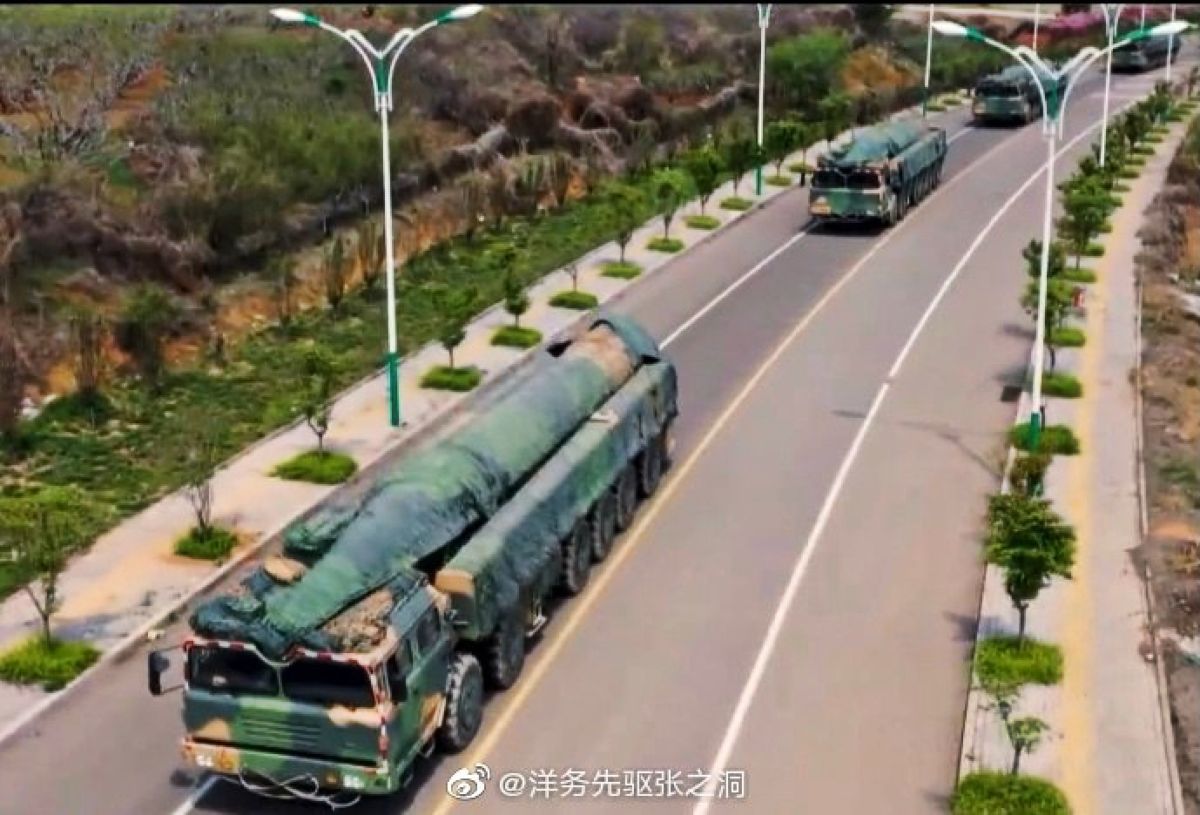In January 2018, the US state of Hawaii mistakenly sent an alert via the Emergency Alert System and Wireless Emergency Alert System over radio, television, and cellular networks, telling people to seek cover from an approaching ballistic missile. The warning ended with “it is not a drill.”
The Hawaiian people started putting their kids in storm drains and making heartfelt farewell calls to loved ones just minutes after receiving the emergency notice. The alert turned out to be a miscommunication during a drill at the Hawaii Emergency Management Agency for the first message.
Hawaii is a US territory in the Pacific that houses some major military outposts in the region, including the Pearl Harbour naval base and the headquarters of the US Indo-Pacific Command, which overlooks adversaries like China and North Korea.
However, if an attack were launched on this strategic US territory, the members of the US-led NATO would not be legally obligated to defend Hawaii.
For instance, if Russia bombed NATO’s newest member, Sweden, the US would be obliged to come to its defense. On the contrary, if an adversary like China or Russia bombed Pearl Harbour, Sweden, along with 30 other NATO allies, would not be legally obliged to defend Hawaii.
David Santoro, president of the Pacific Forum think tank in Honolulu, was recently quoted by CNN as saying, “It’s the weirdest thing,” as he underscored that Hawaiian natives do not know that they are not covered by the protection enjoyed by NATO allies via the collective defense clause.
“People tend to assume Hawaii is part of the US and therefore it’s covered by NATO,” he noted. Although Hawaii is technically the 50th state of the United States of America, it does not enjoy the same privileges as the other states. “The argument for not including Hawaii is simply that it’s not part of North America,” Santoro says.

The Washington Treaty, which established NATO ten years before Hawaii’s statehood, clarified the exclusion. Although collective self-defense against a military attack on any member state is allowed under Article 5 of the treaty, Article 6 restricts the area in which that defense may be used.
According to Article 6, “an armed attack on one or more of the Parties is deemed to include an armed attack on any of the Parties’ territory in Europe or North America.” Additionally, it specifically states that any island territories must be located north of the Tropic of Cancer in the North Atlantic.
Hawaii is not covered by Article 5, according to a US State Department spokesman, but any circumstance that would have an impact on the 50th state should be covered by Article 4, which states that members will consult when “the territorial integrity, political independence or security” of any member is threatened.
Experts believe that since some other members also have territory outside of the borders specified in Article 5, it is unlikely that any treaty revision to add Hawaii would be approved by consensus.
For example, when Argentine troops invaded the Falkland Islands, a disputed British territory in the South Atlantic, NATO refrained from joining the conflict with Argentina in 1982, even though the United Kingdom was a founding member of NATO. So, if Hawaii was under attack in the event of an armed confrontation between the US and China or North Korea, NATO would not automatically spring into action.
This becomes complicated when seen in the context of the emerging military power of American adversaries and a very evident swelling of their arsenal of long-range conventional and nuclear missiles that could aim for a major US military outpost in the region and annihilate it with one strike.
Hawaii Could Be Caught In The Winds Of Danger
By joining NATO, nations have been able to thwart aggression for seven decades because their more powerful allies have promised to defend them. There is concern that war may break out when NATO removes a region from its security guarantee.
There have been renewed calls to review the NATO treaty’s wording due to the emergence of North Korea and China as the West’s geopolitical adversaries. This essentially positions Hawaii as NATO’s western flank.
Earlier this month, John Aquilino, head of the Indo-Pacific Command, said Wednesday he believes China’s military will be prepared to invade Taiwan by 2027.
US President Joe Biden has said on multiple occasions that US forces would defend Taiwan in the event of a Chinese invasion. This essentially entails that a conflict between the US and China in the Indo-Pacific may just be a matter of a few years.
It is believed that the US territories of Hawaii and Guam would be crucial for launching military operations in any such conflict in the Indo-Pacific, albeit without the protection of NATO. Besides China, the unrelenting North Korean missile program also poses a significant threat to Hawaii by geography.
Some defense analysts believe that China could follow World War-era Japan’s lead and aim to quickly win a war against the United States, like the Japanese attack on Pearl Harbour.
Beijing, however, can give it a contemporary twist by launching a large “bolt-from-the-blue attack” that could destroy most of the Indo-Pacific region’s military assets.

The New York Post claims that even if the US military relocated every missile-defense system it has stationed in Asia, the PLA’s missile buildup in the Indo-Pacific area is so extensive and potent that the US won’t be able to thwart China’s Pearl Harbor-style attack.
Last year, a retired colonel in the US Marine Corps gave a dire assessment of the outcome of the US-China confrontation.
In his book When China Attacks: A Warning to America, Colonel (Retd.) Grant Newsham provides an in-depth study of the gradual waning of American strength and commitment and outlines China’s well-thought-out plan of action to pursue its well-defined goals.
In a fictitious but realistic scenario set a year or two in the future, Newsham describes explosions at Pearl Harbor and the neighboring Hickam Air Force Base, a drone attack at Naval Base San Diego, and a collision between a Chinese-manned fishing vessel and a US oil tanker leaving Hawaii for the Western Pacific. He even goes as far as speculating that the Chinese special forces would launch attacks on Hawaii, Guam, and Japan.
Additionally, in a 2022 wargame simulated by the Center for a New American Security, China attacked US command and control centers in Hawaii as part of its military campaign to annex Taiwan.
Not just that, as per the Pentagon’s evaluation of China’s newest hypersonic missile, the DF-27, the missile can reach as far as Hawaii, breach American missile defenses, and be especially dangerous for American aircraft carriers.

Back in 2021, a senior Japanese defense official, Yasuhide Nakayama, told the Hudson Institute that Russia and China were coordinating military drills to threaten not only Taiwan but also Hawaii while warning that Beijing could launch a Pearl Harbour-type attack on Hawaii.
Russia has conducted military drills off the coast of Hawaii in the past. In June 2021, the Russian navy conducted what Russian officials said was its largest exercise in the Pacific Ocean since the end of the Cold War, just 400 miles off the coast of Hawaii. This led military watchers to conclude that Hawaii wasn’t completely safe from the Russians.
In essence, the state of Hawaii no longer has “an element of deterrence” against a Chinese strike in support of a future Taiwan campaign due to Hawaii’s exclusion from NATO or a Russian strike aiming to cripple the United States in case of a very large-scale conflict.
This contradicts the enthusiasm shown by all NATO members to rally for Sweden and Finland’s membership of the alliance against a presumed Russian threat. Hawaii, as it stands, is not covered by the blanket of deterrence. Any partners who decide to step in a potential battle would do so out of discretion and not an obligation.
Experts believe this emboldens China in the wake of rising tensions in the Indo-Pacific.
- Contact the author at sakshi.tiwari9555 (at) gmail.com
- Follow EurAsian Times on Google News




